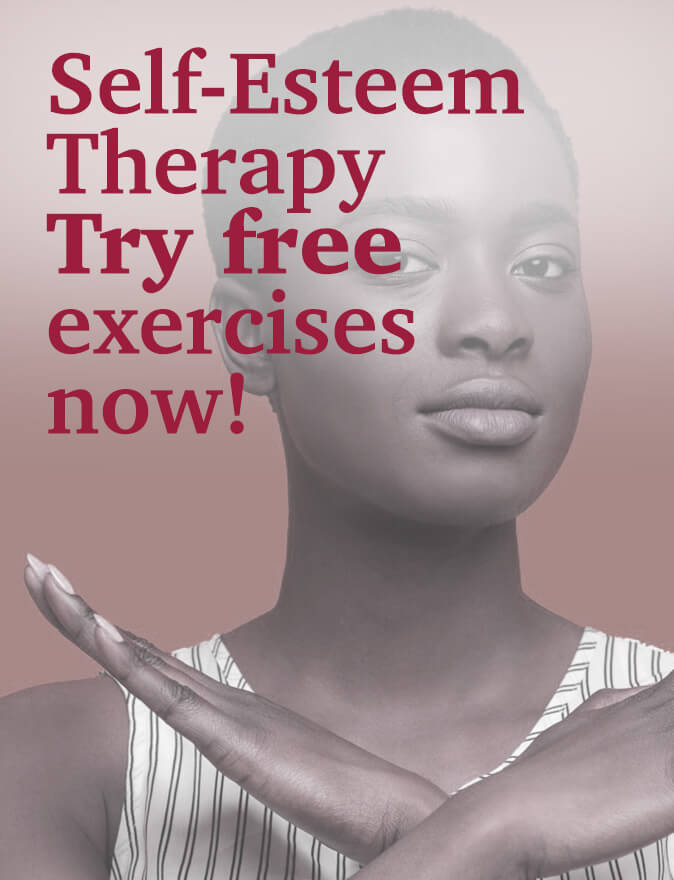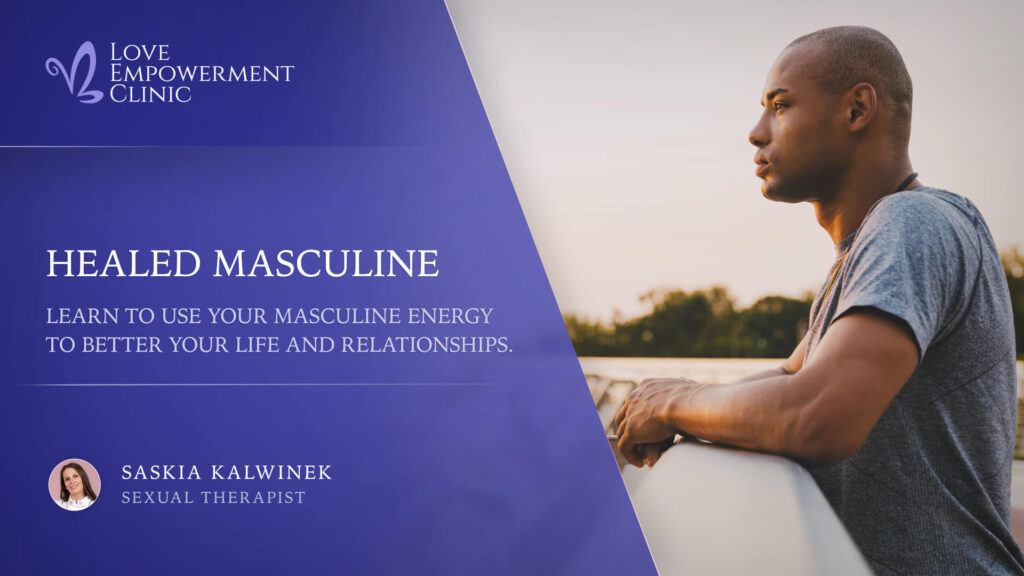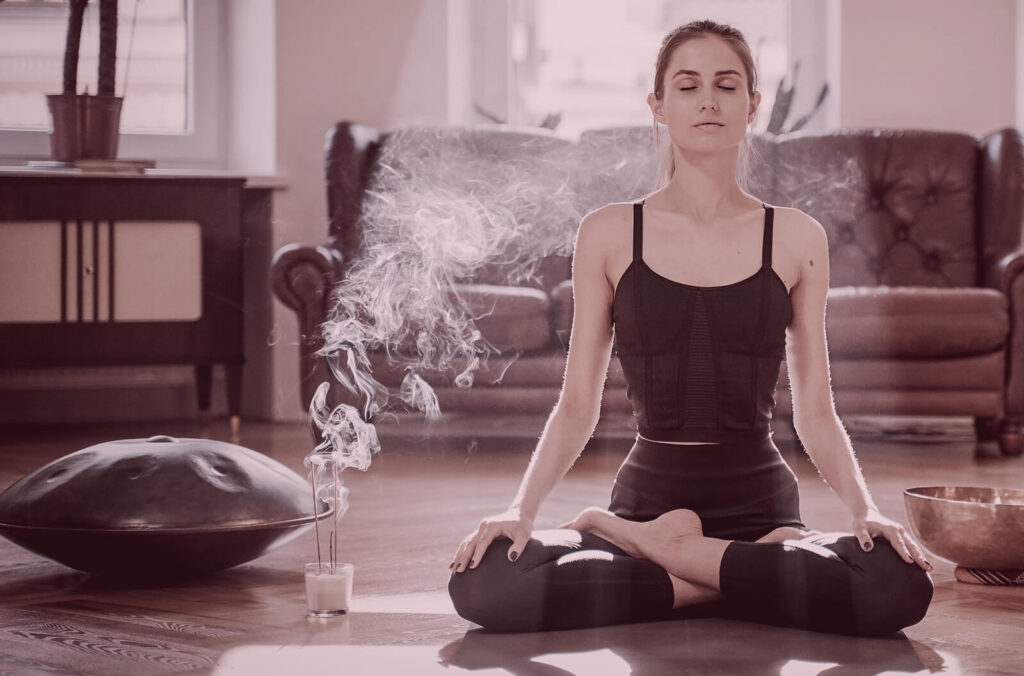Don’t Want Antidepressants? Try Yoga!

Energetic Benefits of Yoga and Its Origins
Yoga is a beautiful mindfulness and physical practice that helps us to be more in tune with our emotions and bodies. I used to believe that yoga is just stretching muscles and ligaments, that is not contributing to anything. Boy! Was I wrong! Yoga helps to bring up feelings and to process them. Poses are designed to let us access the deep parts of our muscles and ligaments. Fascia is a part of our body that is located in between muscles. It has less density than the muscle. That is why energy (emotions) gets trapped in it. Our world is operating on vibrations; every person, object, and animal has its own vibrational level. That is because the main part of the atom is vibrations! Dense and heavy emotions such as sadness, anger, judgment, grief, shame, etc., are getting trapped in fascia and need to be fully felt in order to leave our bodies. Yoga allows us to stretch the fascia, releasing the tension from our bodies and allowing us to access subconscious emotions. The more you practice mindfulness the more you will be able to liberate your body from dense emotions that have been accumulated over the generations.
Yoga originated in ancient India over 5,000 years ago, rooted in Vedic philosophy. Its earliest form was contemplative, encompassing meditation, moral ethics, and breath practices. By the medieval period (circa 11th–15th century), Hatha Yoga, with its emphasis on physical postures (asanas) and breath (pranayama), evolved to prepare the body for deeper meditation.
In the 20th century, Hatha splintered into distinct modern styles — such as Ashtanga Vinyasa, Iyengar, Sivananda, and Bikram — each with unique focuses ranging from fluid movement to heat-intensive routines. Western interest surged post-JFK and Nancy M. Farr’s travels, resulting in yoga’s global spread by the late 20th century.
Types of Yoga & Who They Suit
Here’s a breakdown of common styles and ideal matches:
-
Hatha Yoga
Slow-paced and gentle, ideal for beginners, older adults, or those recovering from injury. -
Vinyasa / Ashtanga Yoga
Fast-flowing and physically demanding, perfect for active, fit individuals wanting cardiovascular benefits and strength. -
Iyengar Yoga
Focused on alignment, often with props. Excellent for injury rehab, posture correction, or those who enjoy precision. -
Bikram (Hot) Yoga
Practiced in ~40°C heated rooms, involving 26 fixed poses. A great calorie-burn, detox style—but less suited for heat-sensitive or cardiovascular-compromised individuals. -
Sivananda Yoga
Holistic, incorporating asanas, pranayama, meditation, chanting, and spiritual teachings. Ideal for those drawn to a lifestyle and spiritual practice. -
Kundalini & Meditation-Based Styles
Emphasizing breath, chanting, and meditation; appropriate for individuals seeking introspection, stress relief, or cognitive improvements
Physical Benefits for All Genders
Yoga offers wide-ranging physical benefits:
-
Improves flexibility & muscle strength across core, arms, legs, and back.
-
Enhances balance and coordination, especially in standing poses.
-
Supports joint health through sustained, low-impact movement.
-
Boosts cardiovascular health—styles like Vinyasa or Bikram can significantly raise heart rate.
-
Aids posture alignment, particularly in desk-bound professionals.
-
Assists weight management when combined with mindful nutrition and regular practice.
Flexibility differences? Generally, women exhibit greater hamstring and hip flexibility due to estrogen’s connective tissue effects, while men tend to build muscle mass more easily. But both improve significantly with consistent yoga practice.
Mental & Emotional Benefits
Yoga isn’t just physical; it’s profoundly mental:
-
Reduces stress and cortisol through deep breathing, relaxation, and mindfulness.
-
Boosts mood by increasing GABA—a key calming neurotransmitter—by over 25% after a single session, according to a Boston University study comparing yoga to walking.
-
Promotes relaxation states, shown by increased alpha and theta brainwave activity (respectively linked to calm awareness and emotional processing) after a 2‑hour Kriya session.
-
Enhances focus and attention via meditative aspects (particularly in Kundalini or Vipassana-based yoga).
-
Improves sleep, resilience, and anxiety, supported by multiple meta-analyses
Yoga vs. Antidepressants: Comparable Mental Health Impact
A robust body of research shows yoga can match—or even outperform—standard antidepressants, without the side effects:
-
A 12-week randomized trial at Boston University found Hatha yoga significantly reduced depressive symptoms, achieving results similar to medication.
-
Iyengar yoga studies reveal symptom reduction in depression akin to antidepressants, with weekly 60‑minute sessions proving effective.
-
A systematic review concluded yoga has similar effects to medication and exercise in alleviating major depressive disorder.
-
A small Scandinavian EEG study showed that Kriya Yoga increased alpha/theta brainwaves by ~40%, indicative of deep relaxation and subconscious emotional access—again, without pharmacological side effects.
-
Yoga’s effect on GABA levels equates its antidepressant efficacy:
“yoga’s efficacy seems to be comparable to that of antidepressant medication.”
Unlike SSRIs and SNRIs—associated with side effects like sexual dysfunction, nausea, weight gain, or emotional blunting—yoga carries minimal risk when taught by certified instructors. The major barrier? Accessibility and adherence, not physiological side effects.
Who Should Practice What?
| Profile | Recommended Style | Why It Fits |
|---|
| Beginners/Older Adults | Hatha, Gentle, Restorative | Slow-paced, safe, focused on mobility |
| Busy/Women Seeking Stress Relief | Vinyasa, Iyengar | Builds strength, cultivates calm |
| Athletes/Men Seeking Strength | Ashtanga, Power, Bikram | Demands physical rigor |
| Stress, Anxiety, Depression | Hatha (therapeutic), Kundalini | Emphasizes breath, GABA, relaxation |
| Spiritual Seekers | Sivananda, Kundalini | Incorporates chanting and philosophy |
| Injury Rehab | Iyengar | Aligns with props, informed methodology |
Why Women Tend to Favor Yoga More
Surveys frequently show women participating in yoga at 2–3 times the rate of men. Some reasons include:
-
Flexibility advantage: Women tend to find initial flexibility and mobility poses easier, easing early success.
-
Cultural normalization: Yoga marketing often targets women, reinforcing gender norms around wellness.
-
Holistic appeal: Yoga blends mindful self-care—appealing to women socialized to value mental-emotional wellbeing.
-
Safer body image space: Yoga provides a non-competitive environment in contrast to traditionally male-dominated fitness spaces.
However, as gender boundaries shift, more men are discovering yoga’s benefits for strength, flexibility, stress relief, and mental resilience. Inclusivity is growing.
Final Thoughts
Yoga, with its 5,000‑year lineage, is a profound practice combining physical strength and flexibility with mental clarity and emotional balance. Scientific evidence shows yoga matches antidepressants in reducing depression—without unwanted side effects. From gentle Hatha to energetic Ashtanga, there’s a yoga style for every age, gender, and life objective. The disparity in male vs. female participation largely reflects social constructs, not inherent capability. Yoga is for everyone—mind, body, and spirit.
Whether you’re seeking more flexibility, stress relief, or emotional balance, exploring yoga can open transformative pathways. Namaste 🙏.
Explore other articles, books and online courses. Or work with me, explore my services on the Home Page. Book your FREE 15min phone consult.











